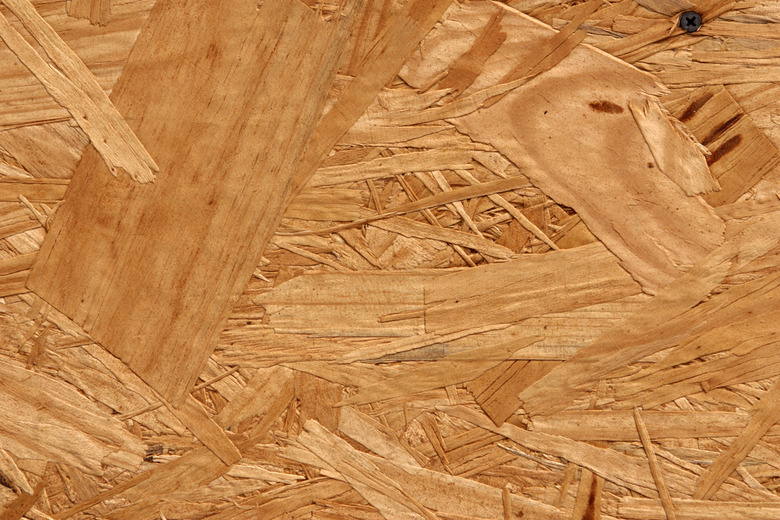How To Get Plywood Extra Smooth Using Sandpaper
Things Needed
-
Clean cloths
-
180-grit sandpaper
-
200-grit sandpaper
-
220-grit sandpaper
Tip
Consider the thickness of the plywood when you are sanding the surface. Thinner plywood needs considerably less passes over it with the sandpaper. Plywood typically ranges from 1/4 inch to 3/4 inch in thickness and comes in various appearance grades A through D. Grade A plywood has typically less imperfections than a grade D piece of plywood.
Plywood consists of two or more flat panels of wood veneer you see in some furniture assembly, flooring and paneling. You can stain the plywood or apply protective polyurethane coating to give it the appearance of real wood. First, though, sand the plywood to obtain the smoothest grain possible. In order to ensure the smoothest finish, use different sandpaper grits in succession on the plywood. The number of grit determines how fine the sandpaper is; a higher grit indicates finer sandpaper.
Step 1
Wipe away any dirt or dust from the plywood before you begin sanding.
Step 2
Use 180-grit sandpaper to sand the plywood. Stroke the sandpaper over the plywood in the direction of the grain 3 to 4 times. Further sanding can create too many grooves in the surface and cause the layers to peel up from the ends of the plywood. This grit addresses any imperfections in the wood.
Step 3
Sand the plywood with 200-grit sandpaper. Follow the grain for 3 to 4 strokes along the surface. This finer grit smoothes away the lines the 180-grit paper creates when grinding away the imperfections.
Step 4
Rub the plywood with 220-grit sandpaper making two passes over the surface. This grit gives the plywood an extra smooth finish as the final sanding before applying stain or finish.
Step 5
Wipe the plywood clean of sandpaper dust with a clean cloth.
